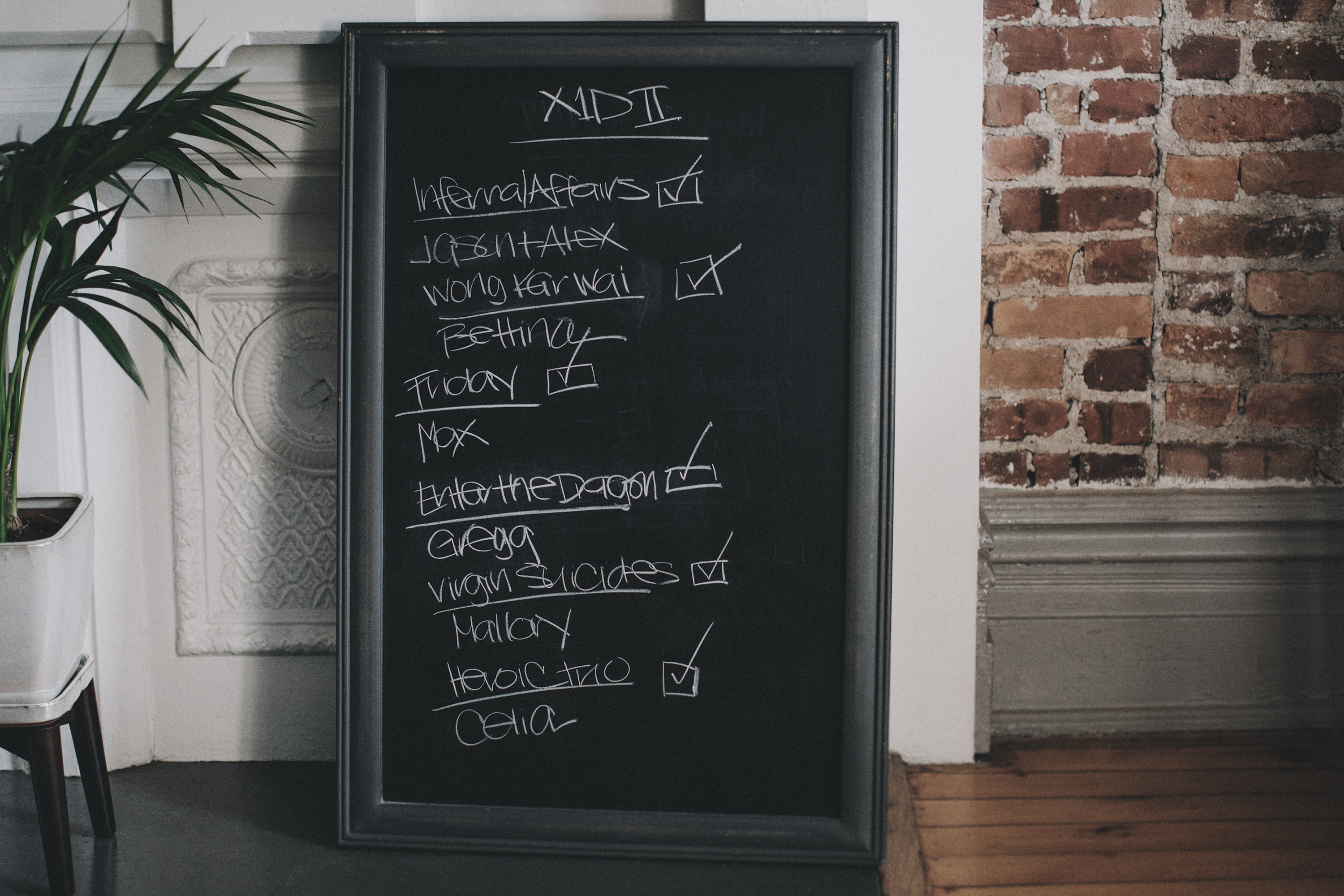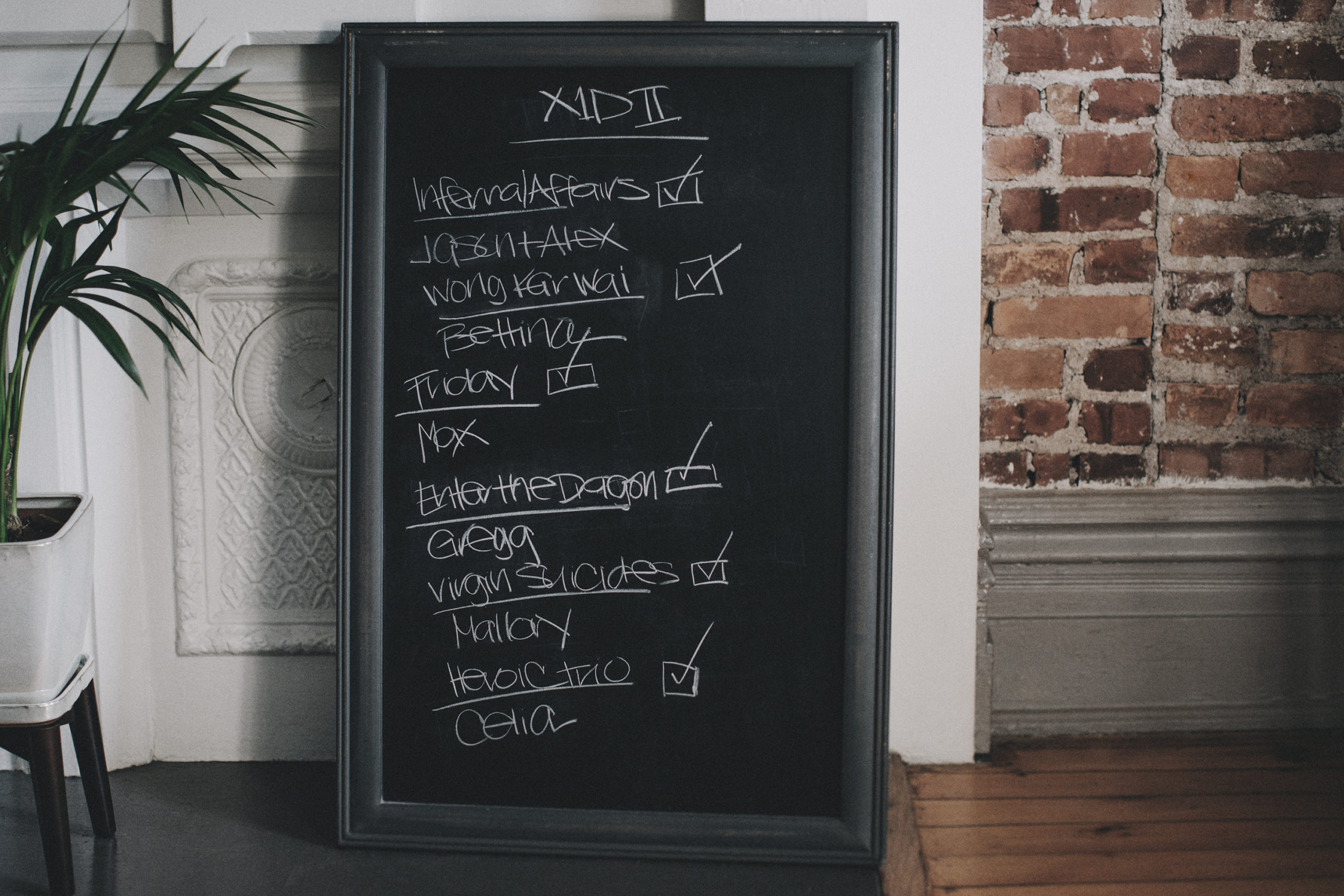We crawled into an abandoned school bus, trespassed through dilapidated hallways, dodged fleeting thunderstorms and wandered through empty streets of Chinatown late into the evening. For two summery weeks, I couldn’t have been happier.
New York City was in lockdown. I’d been quarantined in my dinky apartment, disheartened and restless. I was anxious to do something creative. Thankfully, the Hasselblad X1D II 50C arrived for review, along with approval from the studio heads for socially-distanced, outdoor shoots.
Taking pictures of the mundane (flowers, buildings, and such) would’ve been a disservice to a $10,000 camera kit, so instead, my friends and I collaborated on a fun, little project: we shot portraits inspired by our favorite films.

Image Credits: Veanne Cao
Equipped with masks and a bottle of hand sanitizer, we put the X1D II 50C and 80mm F/1.9 lens (ideal for close-ups without actually having to be close up) through its paces in some of NYC’s less familiar backdrops.
Before I get into any trouble for the last photo – Alex and Jason are professional stuntmen and that’s a rubber prop gun. They were reenacting the penultimate scene fromInfernal Affairs – a brilliant piece of Hong Kong cinema (much better than the Scorsese remake).
While the camera is slightly more approachable in terms of cost and ease of use with a few upgrades (larger, more responsive rear screen, a cleaned-up menu, tethering capabilities, faster startup time and shutter release), the X1D II is essentially the same as its predecessor. So I skipped the standard review. 
Image Credits: Veanne Cao
What it is, what it isn’t
The most common complaint about the X1D was its slow autofocus, slow shutter release and short battery life. The X1D II improved on these features, though not by much. Rather than seeing the lag as a hindrance, I was forced to slow down and re-wire my brain for a more thoughtful shooting style (a pleasant side effect).
As I mentioned in my X1D review, Apple and other smartphone manufacturers have made shooting great pictures effortless. As such, the accessibility has created a culture of excessively capturing everyday banalities. You shoot far more than you’ll ever need. It’s something I’m guilty of. Pretty sure 90% of the images on my iPhone camera roll are throwaways. (The other 10% are of my dog and he’s spectacularly photogenic.)
The X1D II, however, is not an easy camera. It’s frustrating at times. If you’re a beginner, you may have to learn the fundamentals (ISO, f-stops, when to click the shutter), but the payoff is worth it. There’s an overwhelming sense of gratification when you get that one shot. And at 50 megapixels, it’s packed with details and worthy of hanging on your wall. Shelling out a ton of money for the X1D II won’t instantly make you a better photographer, but it ought to encourage you to become one.
Without the contrived studio lights and set design, our outdoor shoots became an exercise in improvisation: we wandered through the boroughs finding practicals (street lights, neon lights… the sun), discovering locations, and switching spots when things didn’t pan out.
We explored, we had purpose.
My takeaway from the two weeks with this camera: pause and be meaningful in your actions.
Reviewed kit runs $10,595, pre-taxed:
Hasselblad X1D II 50C Mirrorless Camera – $5,750
Hasselblad 80mm F/1.9 XCD Lens – $4,845













